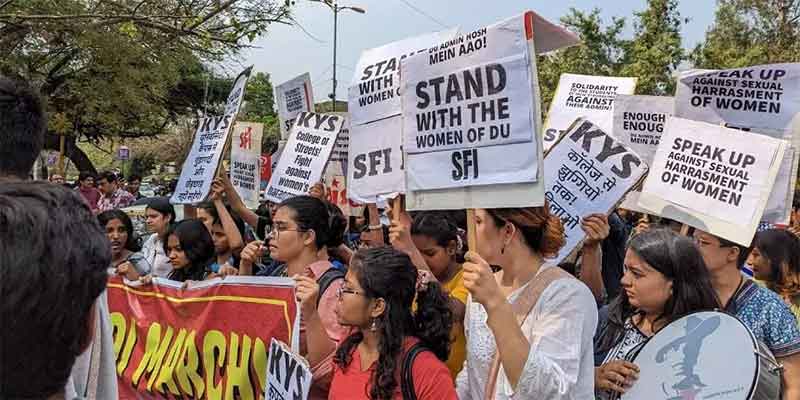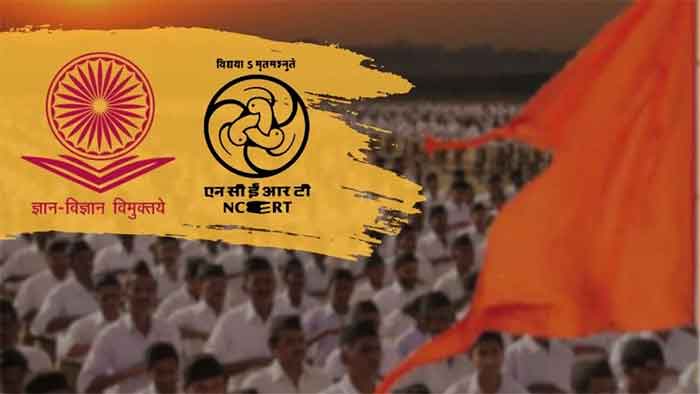
Education at the school level, though it takes years to bear fruits, is recognized as crucial factor for social ,economic and cultural development. Education is an important indicator of inclusive growth and social change. School level education is the most crucial stage spanning the first fifteen years of life. It lays the foundation for the development of the child’s personality, attitude, confidence, habits and communication capabilities. The basic skills of reading, writing and arithmetic acquired at this stage lay the groundwork for higher education.
In Punjab there has been a huge surge in the number of institutions, enrollment figures and literacy rates in the last few decades. However, the education sector continues to remain in the state of disarray. GER figures 111.2 percent at primary level and 96.7 percent at the upper primary level are comparable with national figures but do not convey the true picture of education.
Almost 66 percent of the state population lives in rural areas; 75 per cent of the Dalit population resides in villages. More than 80 percent of the children in rural government schools are from Dalit families and the non Dalit are from economically weaker sections. Parents of more than 50 percent children are either illiterate or literate only up to primary level. Clearly, rural children are constrained by parental illiteracy, poverty, dismal facilities and lack of parental support. The government schools in the rural sector are perceived as schools of have nots and the vacuum is filled by unregulated growth of private schools in both rural and semi urban areas of Punjab. The proliferation of private schools has perpetuated the myth that they offer English medium instruction, sound pedagogy and quality education. The rural parents are increasingly resorting to private schools due to neglect of government schools, which is in fact a direct outcome of the changing policies of the state. Hence the school education sector has become highly stratified, multi-layered and segregated. As per Annual Status of Education Report 2015, 50 percent of the rural children in the 6-14 age group go to private schools. Poor rural parents pay private school fee with much difficulty in the hope of ensuring quality education for the child. But the number of research studies evidently proved that quality of education in terms of learning achievement and infrastructural facilities. The study conducted by the author on rural schools of Malwa district also brought into fore that private schools in the rural areas are no better than government schools. Schools in the rural sector are facing sheer neglect in budgetary provisions, shortage of teachers, poor infrastructure and non conducive learning environment.
In 2011-12, the state opened Adarsh schools under the Neo Liberal model of Public Private Partnership (PPP). Different companies were invited to be partners in the setting up of Adarsh schools in rural areas. The company which set up the schools in the villages of district Sangrur, Barnala and Nawan Shehar issued the notice to shut down the schools. Since last seven- eight months, children, all parents,76 teachers, 15 non teaching employees of FCS Adarsh Senior Secondary school of village Balad Khurd of Sangrur district are struggling to save the school. Villagers who constituted the Vidya Bachao Sang harsh Committee are continuously protesting on the roads to save the future of their children . In this school, the children of neighbouring villages also come to study. More than 50 percent of the children in this school are from BPL families, 67 percent belong to scheduled caste and backward categories; in short, the majority are the children of the poor peasantry and labour class. Principal and teachers of the school seem helpless as nobody has redressed their grievances; the Principal, teachers and the other staff have not been paid salaries since seven months. As told by the Sangharah committee members, the reason given by partner company is the lack of returns and profit. Clearly, the normal educational business of the company with government subsidy has failed. Hence teachers, children and poor rural parents are bearing the cost of this unsuccessful model of Neo- liberal policies that were introduced without taking care of the long term social, historical and pedagogical impacts of such partnership experiments.
After independence in 1967, the government of Punjab opened 508 schools under the grant-in-aid scheme. These schools were running with 95 percent government grant and rest by private managements. At present the condition of these schools has become the worst as out of 9668 sanctioned posts of teachers , 6500 are lying vacant. Since 2003, the ban on recruitments of teachers and employees is imposed. Around 48 schools have already closed due to state neglect. It is pertinent to mention here that private aided schools in Punjab largely catered to the children of rural and marginal socio economic background. Unlike PPP model, private aided school worked with a sense of philanthropy and social responsibility.These schools have made significant contribution to the rural and semi urban areas. It seems that the state has abdicated its responsibility by neglecting the government and private aided schools. On the other hand, the corporate houses are escaping liability by shutting down the Adarsh schools on the pretext of lack of returns.
As is well known by now, rural Punjab is a predominantly agricultural economy, facing an acute agrarian crisis over the last two decades. The neglect of rural education is further marginalizing the already marginalized. Rural children are bearing the brunt of family distress and poor socio economic conditions. It must be understood that on one hand the children raised in such circumstances are more likely to be excluded from the opportunities of life. On the other hand, the inadequate teaching and learning processes reinforce the continuous economic and social marginalization of such children. Consequently their chances of better life get diminished and they feel alienated and excluded. The difference in quality of education between rural and urban areas can be ascertained from the fact that a marginal percentage of rural students enter higher education institutions. Many first generation learners crippled by rural poverty and lack of parental support are unable to perform at par with their urban affluent counterparts. Urban students disproportionately outperform in entrance examinations and rural students either resort to private ill-equipped institutions by somehow managing the resources or give up studies due to factor of non- affordability. If they get admission in colleges, they struggle much more due to their weak educational base and poor learning achievement. As a result, their skills, talents and intelligence remain un -nurtured and ignored.
Instead of allowing these private ill equipped, profit oriented poor quality teaching shops to mislead the rural population, government and government aided schools must be toned up. One way to address the issue of education in the fragile rural economy is to raise assets through skill development and employment by strengthening the rural sector of education. The policies must be geared towards building a strong and robust public education system that can assure children of rural Punjab a secure future.
Satvinderpal Kaur Department of Education, Panjab University Chandigarh,















































